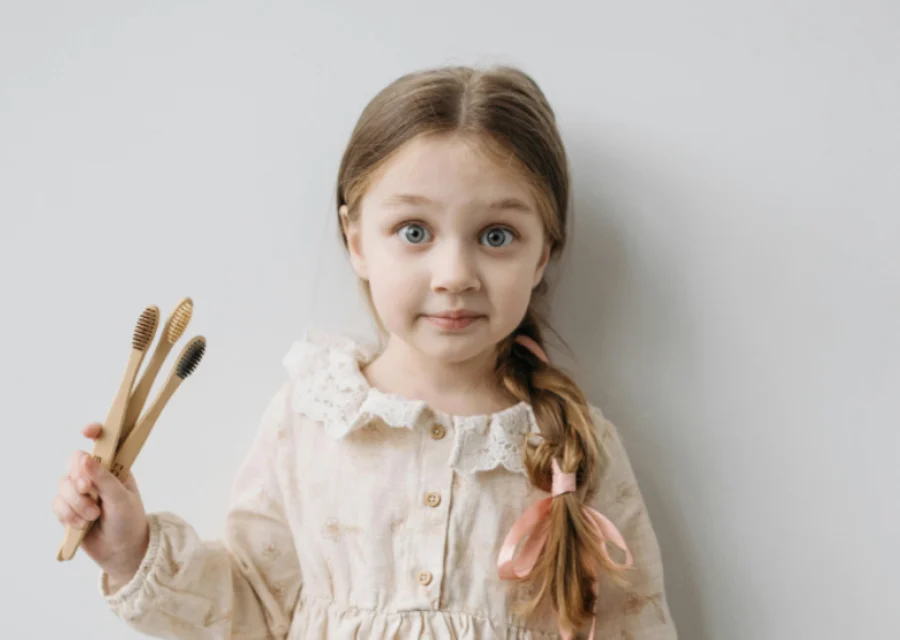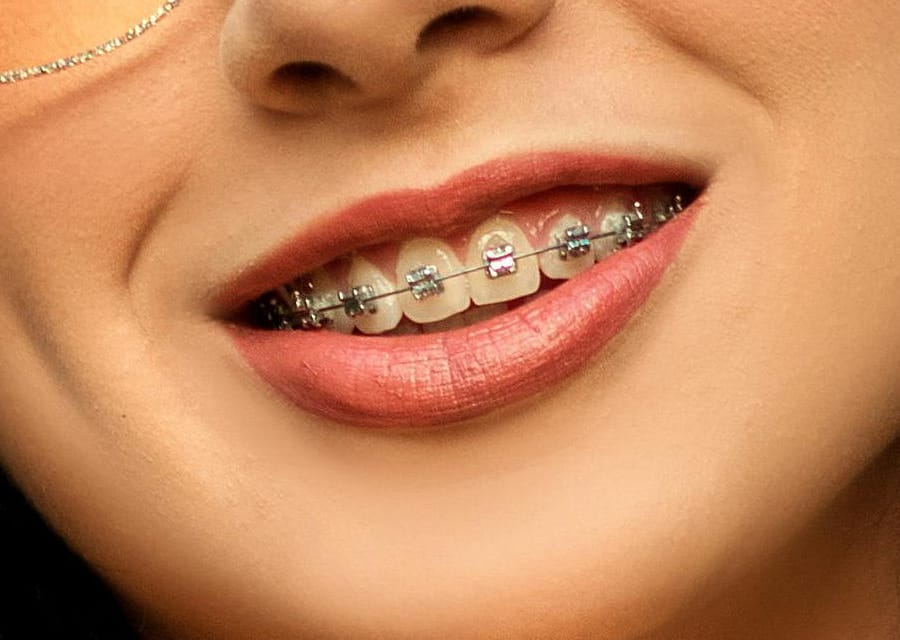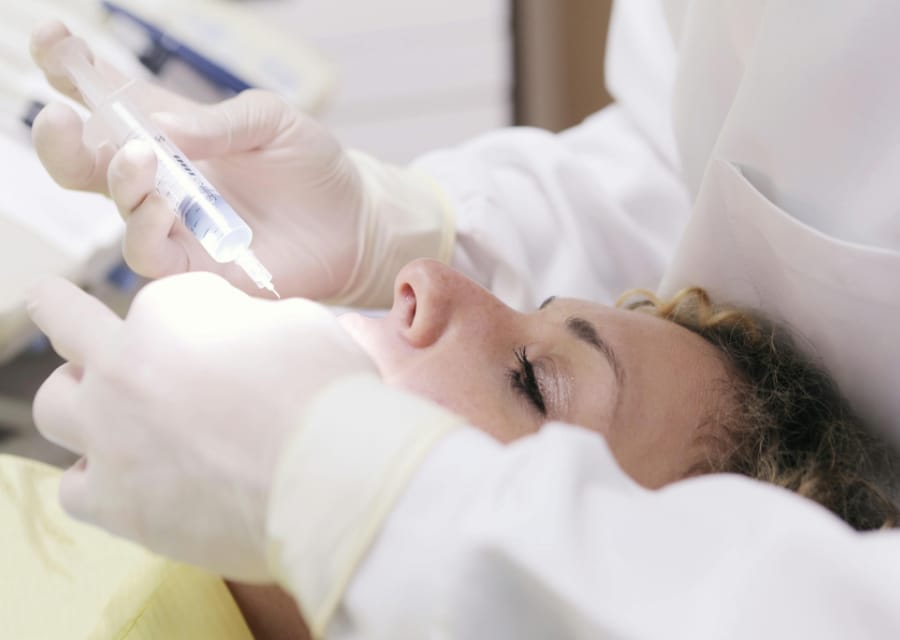
How to Choose the Right Toothbrush for Toddlers and Young Children
Establishing good oral hygiene habits early in life is essential for your child’s overall health. A key component of this process is selecting the right toothbrush for your toddler or young child. With so many options available, from bright colors to unique designs, choosing the best toothbrush can feel overwhelming. However, focusing on safety, functionality and your child’s specific needs can make the decision easier.
In this article, we’ll guide you through the factors to consider when selecting a toothbrush for young children, ensuring they develop healthy brushing habits while keeping their teeth and gums safe.
Why Is Choosing the Right Toothbrush Important?
Using the right toothbrush is crucial for toddlers and young children because their oral health is at a delicate stage of development. Baby teeth, also known as primary teeth, play an essential role in speech development, chewing and guiding permanent teeth into place. A suitable toothbrush helps keep these teeth clean, prevents cavities and encourages proper brushing techniques from an early age.
Key Benefits of the Right Toothbrush
-
Comfort: Ensures brushing is a pleasant experience for your child.
-
Safety: Prevents injury to sensitive gums and developing teeth.
-
Effectiveness: Removes plaque and food particles efficiently.
Features to Look for in a Toothbrush for Toddlers
1. Soft Bristles
Toddlers and young children have delicate gums and enamel. Toothbrushes with soft bristles are gentle yet effective in cleaning teeth without causing discomfort or damage.
-
Why It Matters: Hard bristles can harm the gums and wear down enamel.
-
Tip: Look for toothbrushes labeled “soft” or “extra soft.”
2. Small Brush Head
A small brush head allows easy access to all parts of your child’s mouth, including hard-to-reach molars.
-
Why It Matters: Larger brush heads can make brushing uncomfortable and less effective.
-
Tip: Choose a toothbrush specifically designed for your child’s age group.
3. Comfortable Handle
Toothbrushes with a non-slip, ergonomic handle are easier for little hands to grip, encouraging independence in brushing.
-
Why It Matters: A good grip helps your child maintain proper brushing technique.
-
Tip: Handles with rubber grips or unique shapes often work best.
4. Fun Designs and Colors
Bright colors, playful patterns or character-themed toothbrushes can make brushing more enjoyable and encourage regular habits.
-
Why It Matters: Engaging designs help turn brushing into a fun activity rather than a chore.
-
Tip: Involve your child in choosing their toothbrush to boost enthusiasm.
Manual vs. Electric Toothbrush: Which Is Better?
Both manual and electric toothbrushes can effectively clean teeth, but the choice depends on your child’s needs and preferences.
Manual Toothbrushes
-
Advantages: Affordable, easy to use and widely available.
-
Best For: Toddlers who are just starting to brush and need a gentle introduction.
Electric Toothbrushes
-
Advantages: Provide thorough cleaning with minimal effort and often come with timers to ensure adequate brushing time.
-
Best For: Older children who have established brushing habits and can handle the vibration or rotation.
Recommendation
-
Start with a manual toothbrush for younger toddlers and transition to an electric toothbrush as they grow and develop better coordination.
How Often Should You Replace a Child’s Toothbrush?
Replacing your child’s toothbrush regularly is crucial for maintaining oral hygiene.
-
Every 3 Months: Toothbrushes should be replaced every three months or sooner if the bristles become frayed.
-
After Illness: Always replace the toothbrush after your child recovers from a cold or infection to prevent reinfection.
Tips for Encouraging Healthy Brushing Habits
Getting toddlers and young children excited about brushing their teeth can sometimes be challenging. Here are some tips to make it easier:
1. Lead by Example
Let your child watch you brush your teeth and make it a family activity. Modeling good habits can inspire them to follow suit.
2. Use Fun Tools
Consider toothbrushes with timers, lights or musical features that make brushing entertaining.
3. Set a Routine
Brushing twice a day—once in the morning and once before bed—helps establish a consistent routine.
4. Reward Progress
Use a sticker chart or small rewards to celebrate milestones, such as brushing without reminders or for the full two minutes.
5. Involve Your Dentist
Regular dental visits can reinforce the importance of oral hygiene and provide professional guidance on brushing techniques.
Common Mistakes to Avoid
-
Using an Adult Toothbrush: Adult toothbrushes are too large and firm for a toddler’s mouth.
-
Skipping Brushing Sessions: Inconsistent brushing can lead to plaque buildup and cavities.
-
Applying Too Much Toothpaste: For toddlers, a rice-grain-sized amount of fluoride toothpaste is sufficient.
-
Not Supervising Brushing: Always supervise brushing to ensure proper technique and prevent swallowing toothpaste.
Final Thoughts
Choosing the right toothbrush for toddlers and young children is a crucial step in fostering lifelong oral hygiene habits. By focusing on features like soft bristles, small brush heads and comfortable handles, you can make brushing safe and effective for your little one. Remember to involve your child in the process, encourage consistent habits and seek advice from your dentist when needed.
Investing time and effort into your child’s oral health today sets the foundation for a healthy and confident smile in the future.
To schedule an appointment at ‘Sukumar Dental Clinic’ call +91-7418210108 or WhatsApp Dr. Sukumar at +91-9655225002. We take pride in having the top dental clinic in Palayamkottai, Tirunelveli. Alternatively, you can email us at info@sukumardental.com


